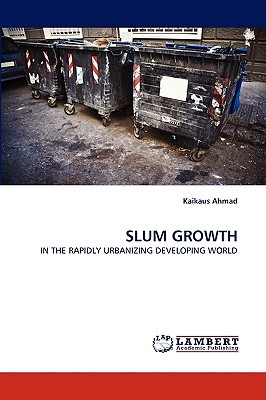
- Išsiųsime per 10–14 d.d.
- Autorius: Kaikaus Ahmad
- Leidėjas: LAP Lambert Academic Publishing
- ISBN-10: 3838378474
- ISBN-13: 9783838378473
- Formatas: 15.2 x 22.9 x 1.4 cm, minkšti viršeliai
- Kalba: Anglų
- Extra -15 % nuolaida šiai knygai su kodu: ENG15
Atsiliepimai
Aprašymas
World is more urban than rural now. The UN predicts that the developing regions will account for 93 percent of urban growth during this century. Alarmingly, developing world contains more than one third of its urban population in slums. This raises concern from the growth as well as from the distribution point of view. Concern arises as to whether the process is affecting growth thus creating higher rate of slum population or whether the rising rate is the outcome of distribution and equity problem. Slum growth rate, which was ignored by previous studies as an indicator of urbanization, is important because it simultaneously shows the benefit and cost of urbanization. If the slum population compared to the urban population decreases, it shows the benefit of urbanization whereas if it increases, it shows the cost of urbanization. Several indicators to the process of urbanization were ignored previously. This study identifies several cross-country contributing factors of urbanization in the developing nations arguing that the slum population is a better indicator of urbanization in terms of growth and distribution perspectives as well as from cost and benefit standpoints.EXTRA 15 % nuolaida su kodu: ENG15
Akcija baigiasi už 06:45:39
Nuolaidos kodas galioja perkant nuo 10 €. Nuolaidos nesumuojamos.

- Autorius: Kaikaus Ahmad
- Leidėjas: LAP Lambert Academic Publishing
- ISBN-10: 3838378474
- ISBN-13: 9783838378473
- Formatas: 15.2 x 22.9 x 1.4 cm, minkšti viršeliai
- Kalba: Anglų




Atsiliepimai